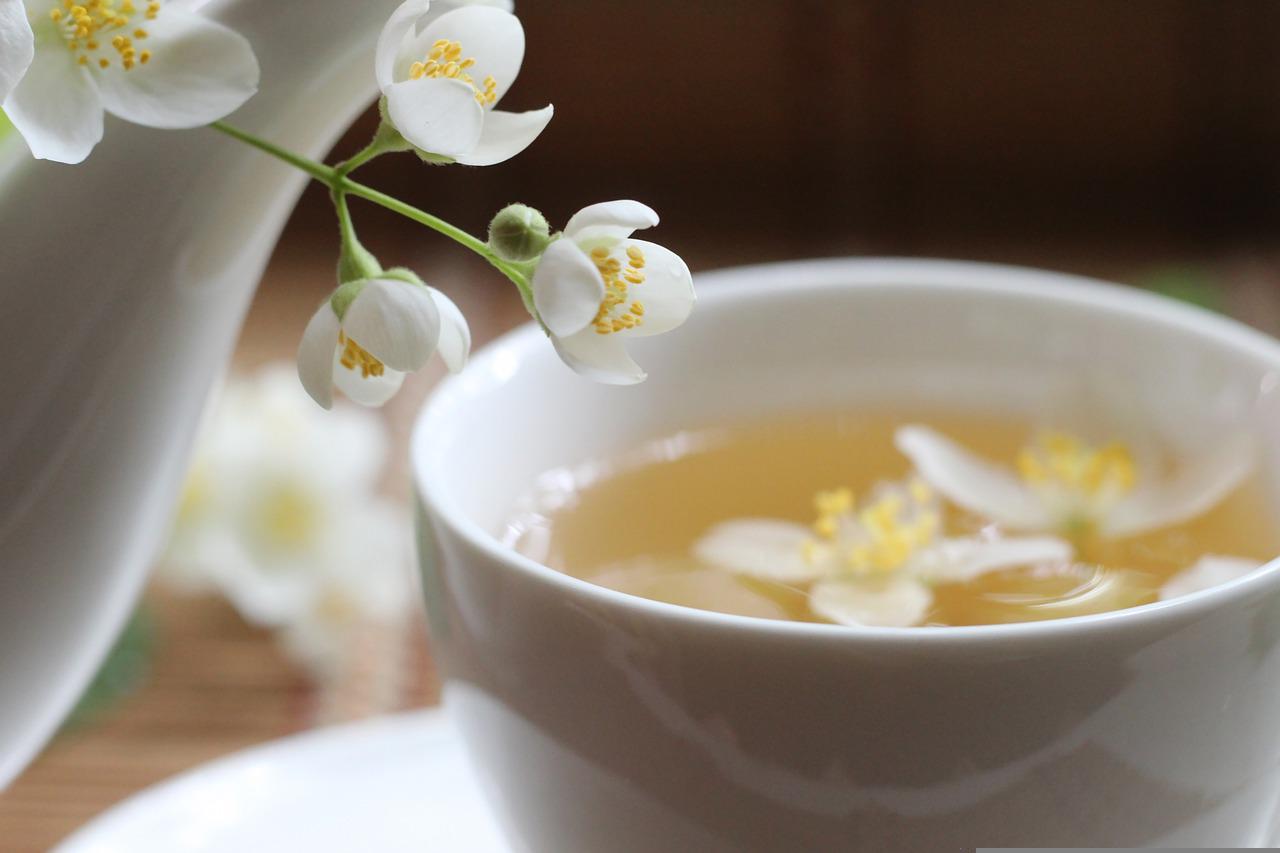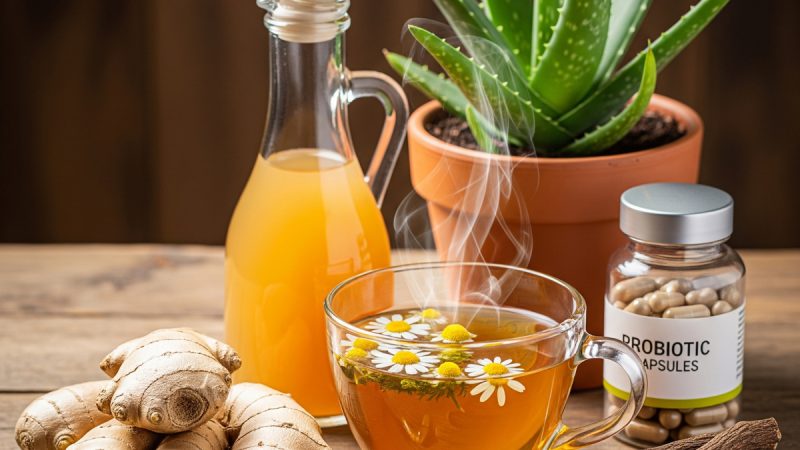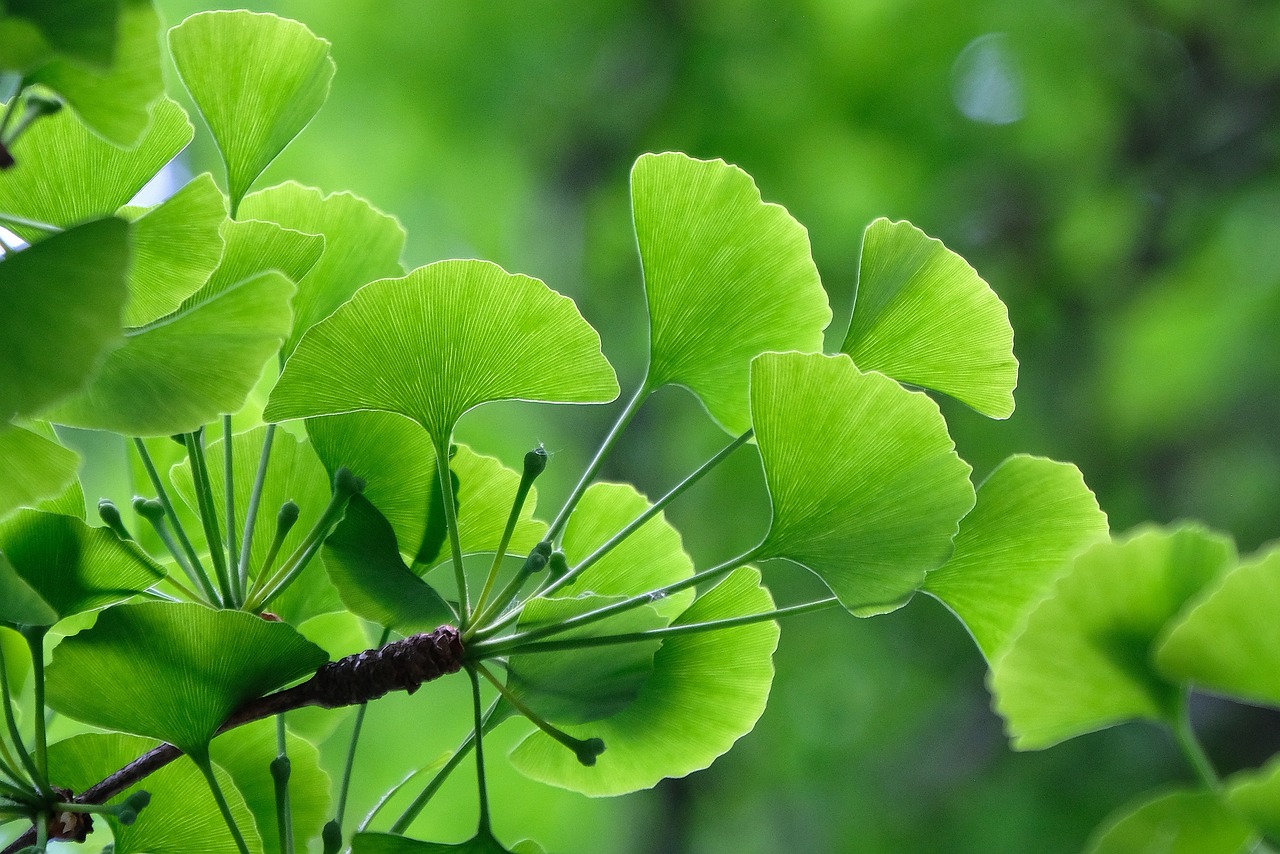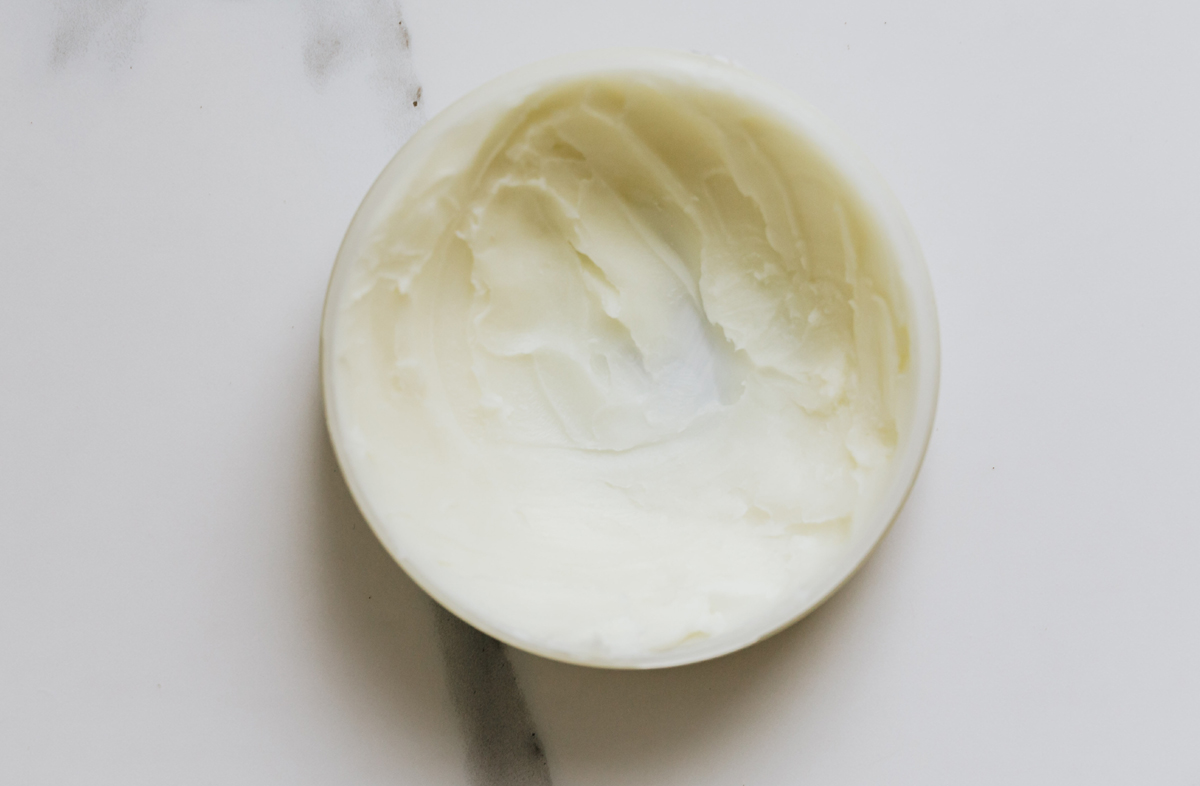Herbal Remedies Created from Jasmine

Jasmine has long been loved for its wonderful scent. This climbing plant blooms with one of the most aromatic flowers in the garden.
The jasmine plant was first introduced in Europe in the 16th century where it quickly gained immense popularity because of its scent. French perfumers especially took an interest this lovely climbing plant.
In addition to its scent, the jasmine plant also has healing properties. It is also used as a well-known cleansing remedy. In China, Jasmine tea has been a long-standing healing favorite. The taste of the jasmine plant is alternately described as astringent, pungent, bitter, and slightly cooling.
The jasmine plant contains alkaloids, including linalool. Jasmine also contains salicylic acid, which is the active component of aspirin.
The jasmine plant has many actions attributed to it. Its flowers have been known as an aphrodisiac, an astringent, a bitter but relaxing nervine, an analgesic, a sedative, and a plant which helps encourage milk flow. The essential oil derived from the jasmine plant is thought to operate as an antidepressant, an antiseptic, an antispasmodic, an aphrodisiac, a sedative, and a uterine tonic.
There are two main components that are used from the jasmine plants: its flowers, and its essential oil. The jasmine plant flowers have been used in Ayurvedic medicine for hundreds of years. In Ayurvedic medicine, the jasmine flowers are known as jati, and it is regarded as a sattvic tonic, which encourages the principles of light, harmony, and increased perception, all principles that are associated with sattvic, which is one of the three qualities of health in traditional Ayurvedic medicine. The sattvic element of the jasmine flower is also thought to emphasize the nature of love and compassion. The jasmine flowers are also thought to work as a mild aphrodisiac for women. Jati is also used in traditional Ayurvedic medicine to reduce fevers and to fortify the immune system.
The flowers of the jasmine plant are also used to make an aromatic tea. The Chinese have been using Arabian jasmine since at least AD 300 to scent teas. The flowers of the Arabian jasmine plant are known in China as mo li, and they are highly regarded in China as a scenting agent. In traditional Chinese medicine and practice, the Arabian jasmine flowers were placed alongside heat-dried green tea so that the green tea would absorb the scent of the jasmine flowers. These days, commercial tea makers simply mix the jasmine flower petals with the regular tea.
Jasmine tea infusions are recommended for treating infections, urinary inflammation and fevers, much as aspirin are used to reduce pain and fevers. The jasmine flowers can be combined nicely with lemon balm or skullcap to create a calming, relaxing tea. A wash made from infused jasmine tea flowers can also be used to bathe scrapes and cuts. Jasmine flower compresses can also be made to treat heat stroke, headaches, or anxiety. Massage oil can also be created by diluting jasmine oil with almond oil an applying to the skin.
The Author:
Scott Meyers is a staff writer for Its Entirely Natural, a resource for helping you achieve a naturally healthy body, mind, and spirit.








